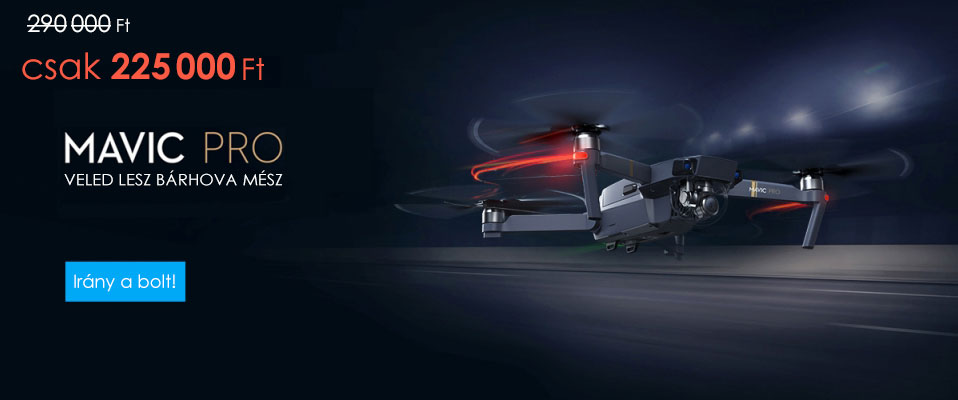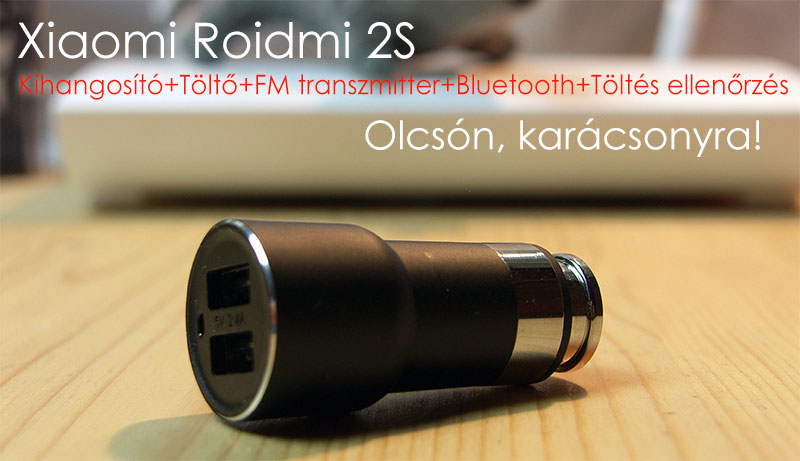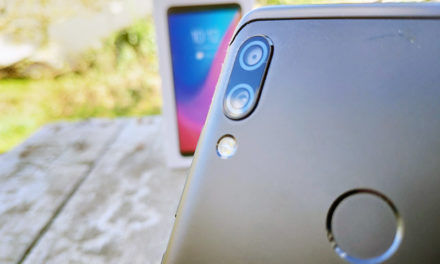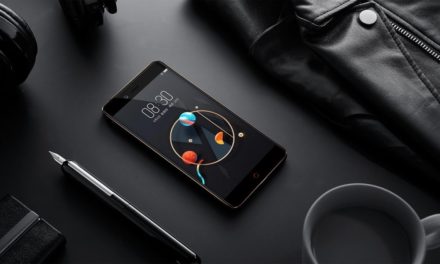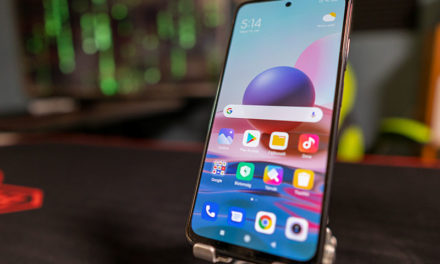
Everything you need to know about the phones display!
If you buy a phone, you should know what it means!
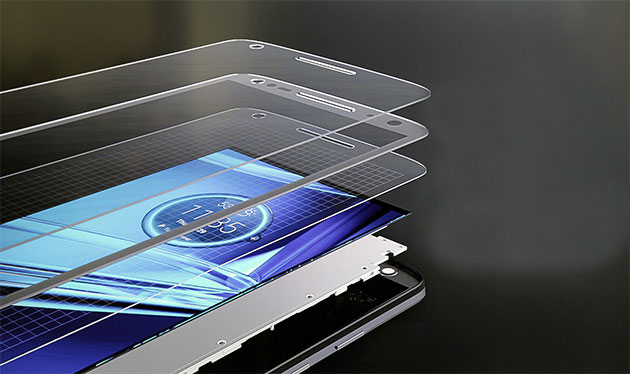
In our series, we're trying to help those who want to buy a phone and easily lose their way through different terms. On our site you have read about the cameras, the CPUs in the central unit, and most recently a general summary of the main components. Now we take a little closer look at the phones display.
contents show
The panel, that is where the image is displayed
We start with the most complicated part of the display technology. We do not go too deeply, in this article I do not try to explain the concept of crystal structure or the phenomena of IPS panels. We will try to stay in the essential information, which can help you decide when you choose your phone.
IPS technology
Nowadays, one can come across two common technologies for one who is looking at the quality of the phone display. The cheaper is a solution called IPS. IPS is a liquid crystal solution that can be considered the successor to the old panels, once called TFT. Luckily, the old - let’s call it regular - TN + film panels on phones already seem to be extinct. These had many disadvantages, poor color fidelity and contrast, black looked guaranteed to be gray on them, and viewing angles were excruciatingly bad, in other words, if we didn't look at the phone exactly face to face, we saw almost nothing on them. These panels are now experiencing a renaissance in computing, using them in monitors designed for gamers due to their very low response times.
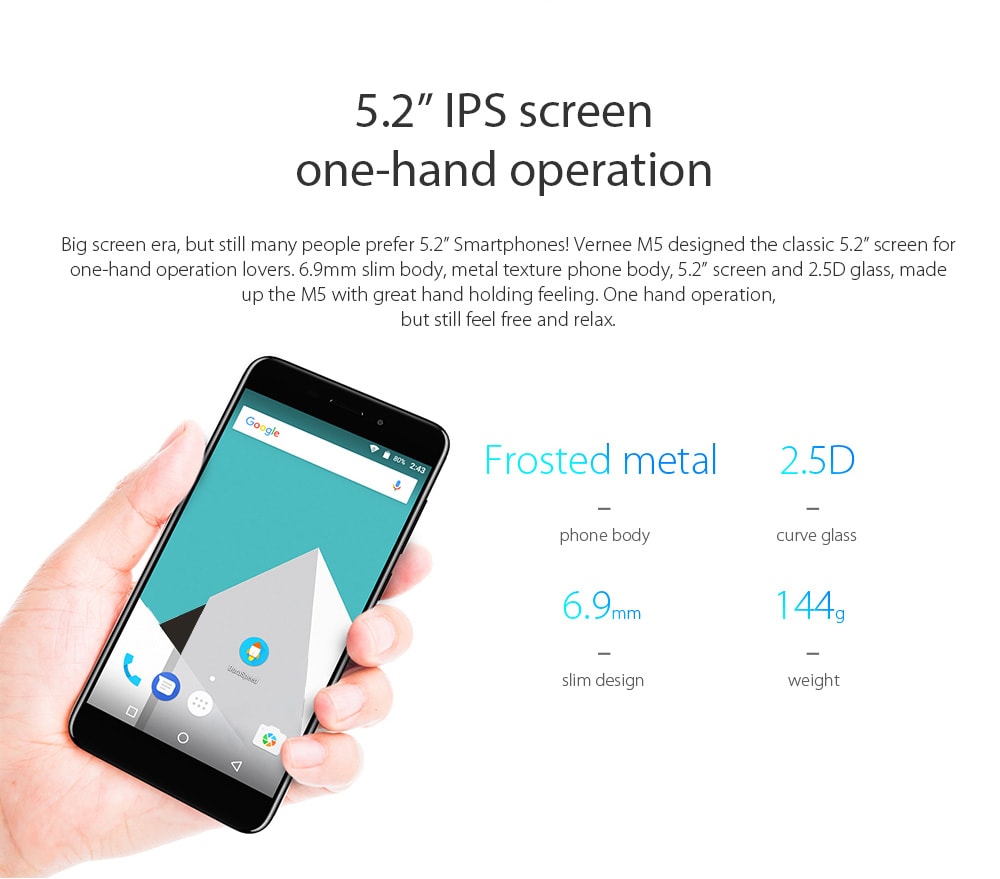
IPS technology was first introduced in computing. It was used in graphical work monitors because we received wonderful colors, very good black and very good contrast to the TN + film panels, and the viewing angle was excellent. Today's IPS panels have gone through some bouquets compared to ancestors. They are characterized by a simpler crystal structure and wiring, they are based on fewer transistors. The point is that most of their good qualities have been retained despite lower production costs. The good qualities of the IPS panel are very good for phones, since in many cases they are not used in a closed and dark room but on the street, so it is important to produce a clear, high-quality image in the sun.
AMOLED technology
AMOLED or OLED technology is not new. As I recall, many years ago, Samsung was the first to launch a phone with AMOLED technology. AMOLED differs from "traditional" liquid crystal solutions mainly in that it is not necessary to put background lighting behind the display panel, because the pixels of the AMOLED display emit light themselves (luminescence). This has several advantages. One is that it consumes much less energy than backlight solutions.
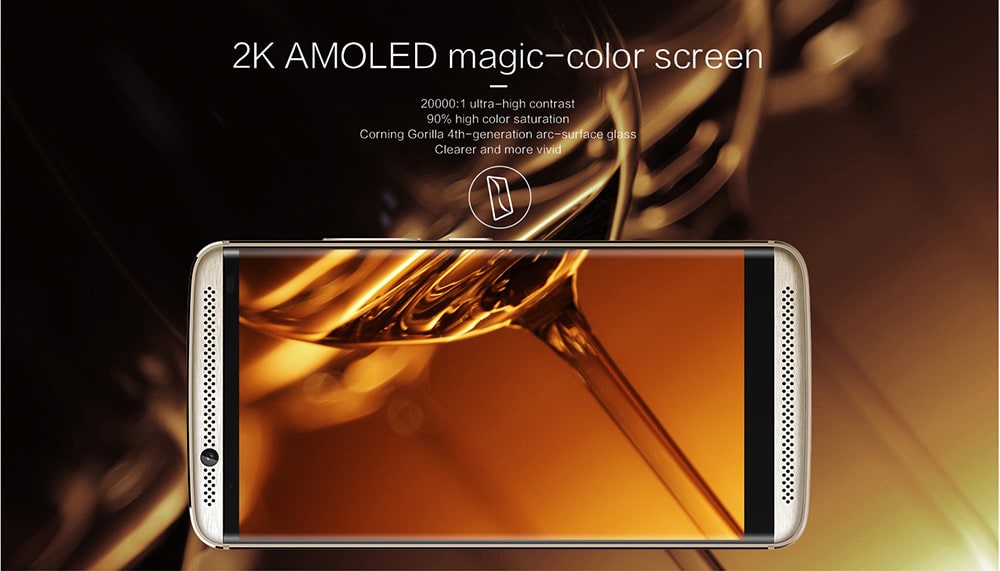
The other is that it is made of fewer layers, allowing you to produce much thinner displays. The third is that the AMOLED panels are even better than IPS, the colors are more vivid, more dynamic, black is really black, where there is no need for light, there is no pixel on it, black is not black, angles are also excellent. For AMOLED, you can hear the problem of burning in the past and nowadays. Burning means that if there is always one part of the screen, the panel will display anything after a while, a faint gray shadow will always have the burned image.

What to choose
AMOLED is by all means a more modern and better solution. That is why today we only meet with the more expensive phones, it's very rare to find the middle category. From the above, it turned out that IPS should not be afraid either. IPS technology has so many ancestors that guarantee the right quality.
Glass above the panel
Many dismiss this component as "just" glass. But it's much more than that. This glass has to be very resistant to scratches and breakage because it is subject to a lot of physical impact. Many of you have already heard about Gorilla Glass, which is a special, resistant solution, and nowadays we use the many, ever better generations of it.
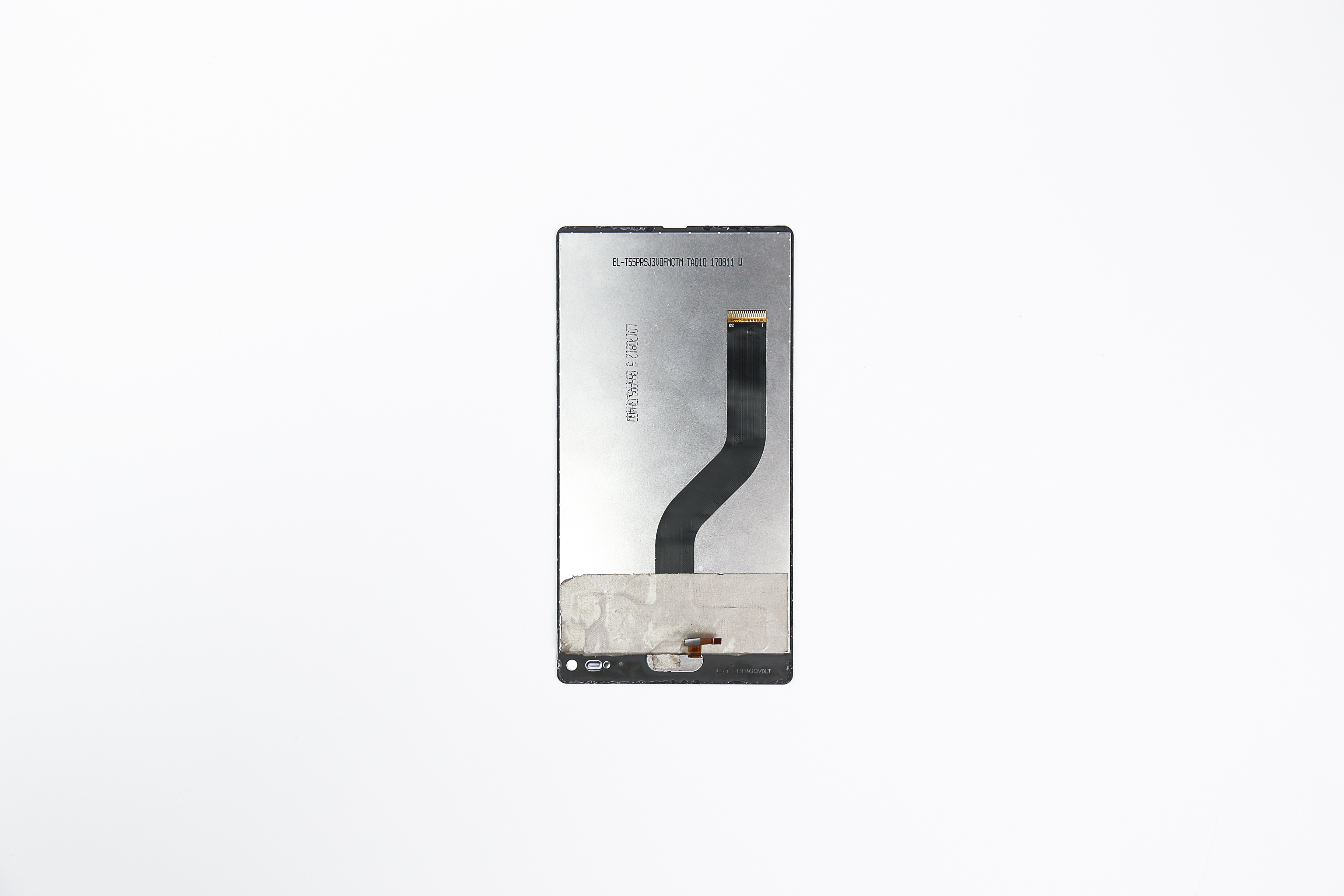
However, "glass" is more than that. The glass, as one of the components of the phone, can be found under the name digitizer in the range of online stores dealing with repairs. As the name suggests, this component digitizes, its task is to convert the movement of our finger over the display into a "touch". The old touchscreens were indeed touchscreens, as we found several layers of foil above the glass, which had to be pressed together in order for the phone to detect where we were pointing. For this, you had to use the stylus, that is, the small pencils. Nowadays, you no longer have to press the display, the digitizer uses a capacitive process. The essence of the method is that it creates an electric field above the display, which we then disturb by approaching with our body, or more precisely with our finger, and from this the phone can calculate where we are pointing. The big advantage of the digitizer is that it is behind the glass, so it does not get damaged or worn. out like the old solutions. Another advantage is that there are more and more solutions available that allow the display panel and the glass to be manufactured as a unit and glued together, which results in thinner displays and overall thinner displays.
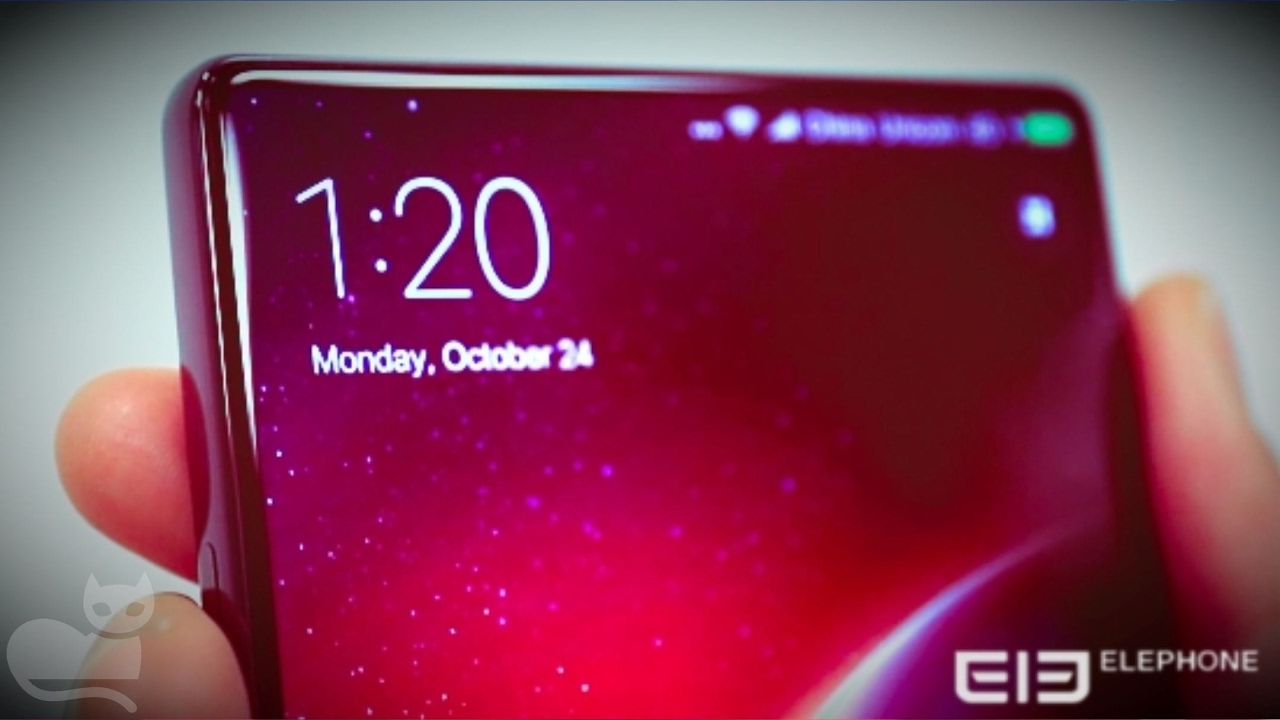
One thing worth mentioning is the appearance of 2.5D and 3D bottles. These solutions were brought to life by Samsung's bent display, and they also wanted to make cheap phones at least a bit like Samsung's phone. The edges of the 2.5D glass are a bit rounded, and the 3D glass looks almost like Samsung's solution, of course with the big difference that while the display is bent under the glass, only the edge of the glass is bent over the smooth display.
What to choose
Fortunately, you no longer have to choose, old anti-scratch-proof displays have expired. Nowadays the glasses are resistant, more resistant. Look at the type of glass in the description of the phones. Look for the most popular Gorilla Glass at least for 3. or 4. generation. Nevertheless, if you buy a phone, whatever type of glass you have, always order it with foil!
Screen Size
For phones, one of the most important aspects of phones is the size of the screen. The diagonal determines the size of the entire phone. Manufacturers try to persuade us to get bigger phones, but this is our physical constraints, virtually because of the size of our hands, it does not take long. This is thanks to the new solutions of today. The displays will become more stretched, with the metal frame getting thinner and the phone becoming more vulnerable.
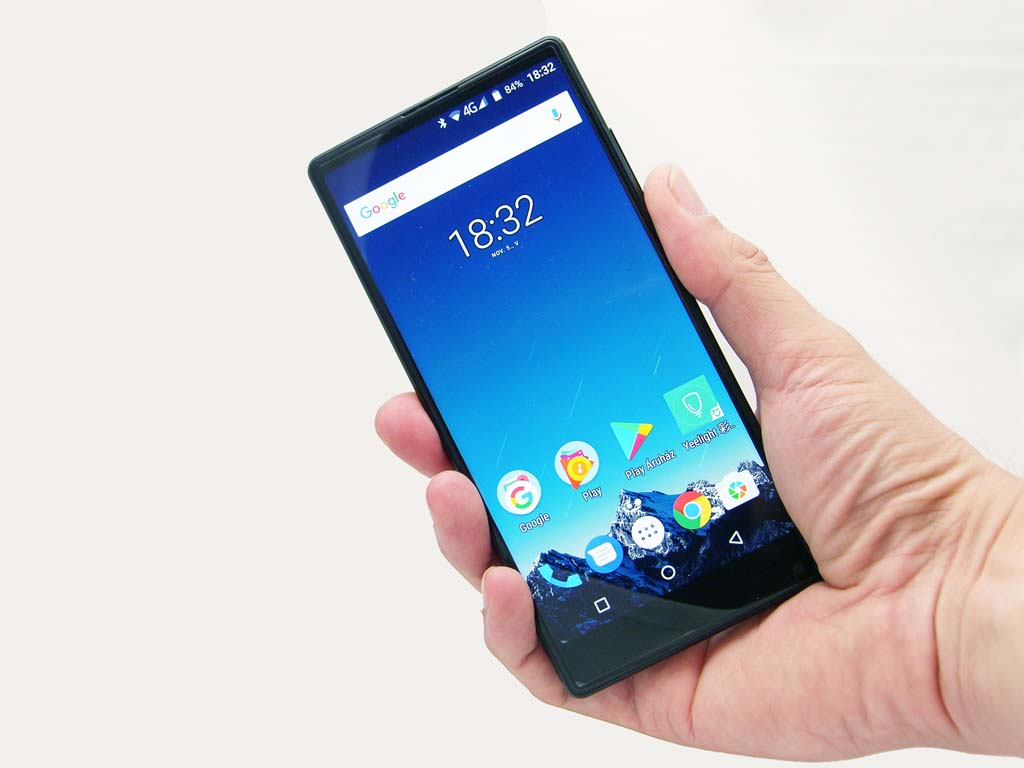
Nowadays, the smallest picture, at least for modern phones, is 5 col or 5 inch. This is the same size in millimeters. This diagonal is displayed in two areas. For the cheaper devices and the ones we call the cellphone. The latter are those that are able to survive more physical impacts, if they fall, they do not have to immediately flower them.
The more common 5,5 col, and now the six-inch devices, are also increasing. Above this size, we can still talk about extreme disguise.
Which one to choose?
If your hand is small, do not be afraid to buy 5 colos phones, so you can find powerful, cool phones. Otherwise, I say the bigger, the better, but the six-inch phones would already think of it.
Resolution
This term is best known. The entered value represents the number of pixels representing the image of the display, in the form of a multiplier and a product. The multiplication is the actual number of pixels that is not used, simply too much value, which is difficult to memorize.
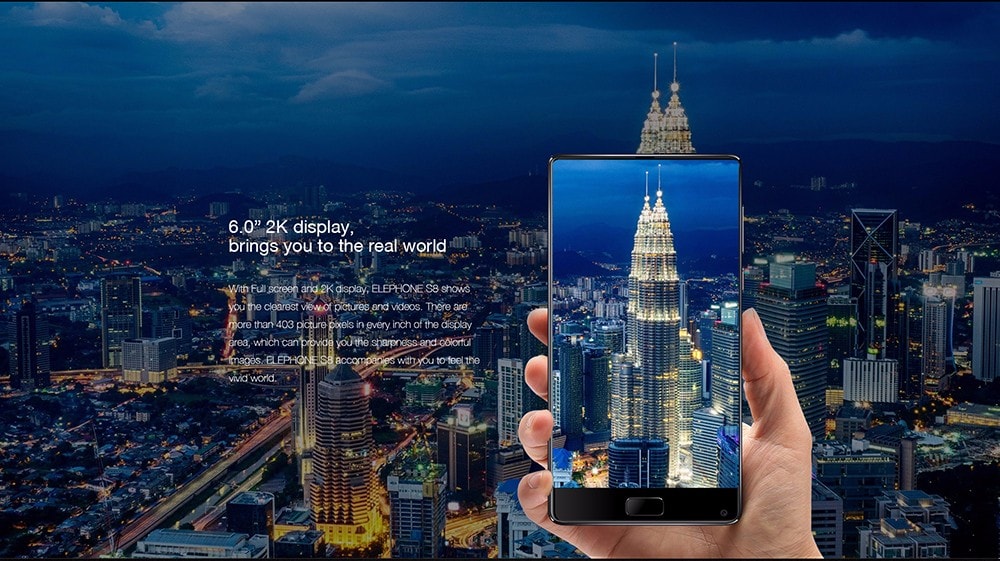
The most dense pixels are:
- HD 1280 x 720 pixels
- HD + 1440 x 720 pixels
- FHD 1920 x 1080 pixels
- FHD + 2160 x 1080 pixels
- 2K 2560 x 1440 pixels
- 4K 3840 × 2160
It can be seen that 2K is twice the pixel number, 4K is four times the pixel count of the traditional full HD or FHD displays.
Which one to choose?
The higher the resolution the better. If your wallet allows you to go to the ceiling but do not buy a HD resolution phone with a large display.
pixel Density
Many people think that the most important indicator of display quality is the number of pixels. They are wrong. Quality is much better determined by pixel density. The measure of pixel density is ppi (pixels per inch), which shows how many pixels we see in an area of a square inch.
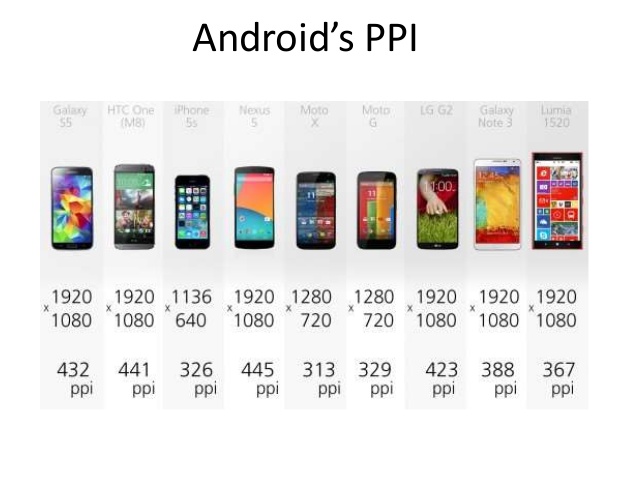
It is easy to understand if we imagine that if we buy two displays, one of which is 5 inches and the other six inches, but the resolution is the same, then on the larger display we will find fewer pixels per unit area, i.e. the number of pixels is meaningless , are "scattered" over a larger area. The more empty areas we find between the pixels, the more pixelated the image appears, the less smooth the slanted lines become. The higher the ppi value, the more beautiful the image will be. With today's 4K displays, we can't even see the pixels with the naked eye. You can imagine how "pixelated" my first smartphone - then it was called a PDA - which only had a resolution of 320 x 240 pixels.
Which one to choose?
If you want a large display, the higher the resolution, the pixel density will be bigger and the phone's picture will be better. If you do not want to deal with too much data, you'll need to compare the pixel density of the phones you buy, the higher the value.
Aspect ratio
The aspect ratio is important for the display. This ratio is the ratio of the shorter and longer sides of the display to each other. For old televisions this was 4: 3. Today's popular size for phones 16: 9, which is used by most flat-panel TVs.
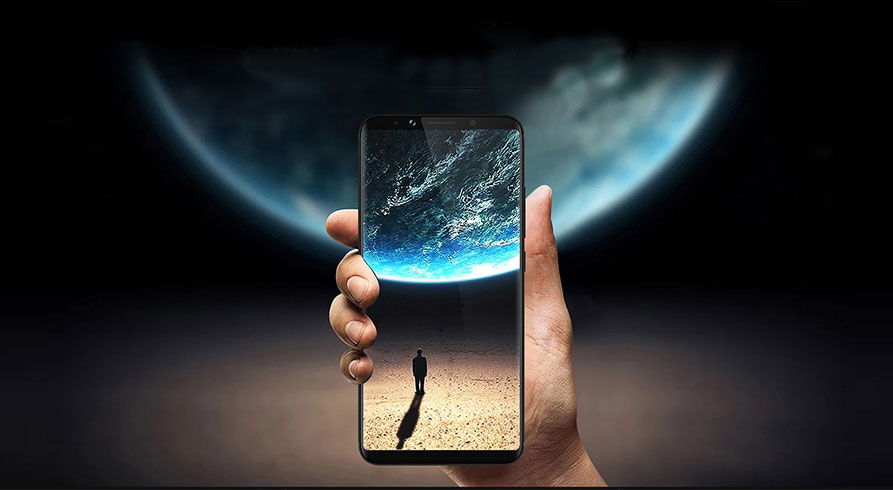
We can find more and more 18: 9 or 2: 1-proportional phones. Their appearance can be traced back to the physical limit mentioned above, that is, to the size of our hands. The 18: 9 displays are longer, longer than the 16: 9 solutions, so the larger screen does not even increase the width of the phone.
Which one to choose?
If you are planning to purchase a larger 6 colos phone, you can choose between 18: 9-sized devices. With 5,5 collapsed or underneath, stay on the older 16: 9 phones.










